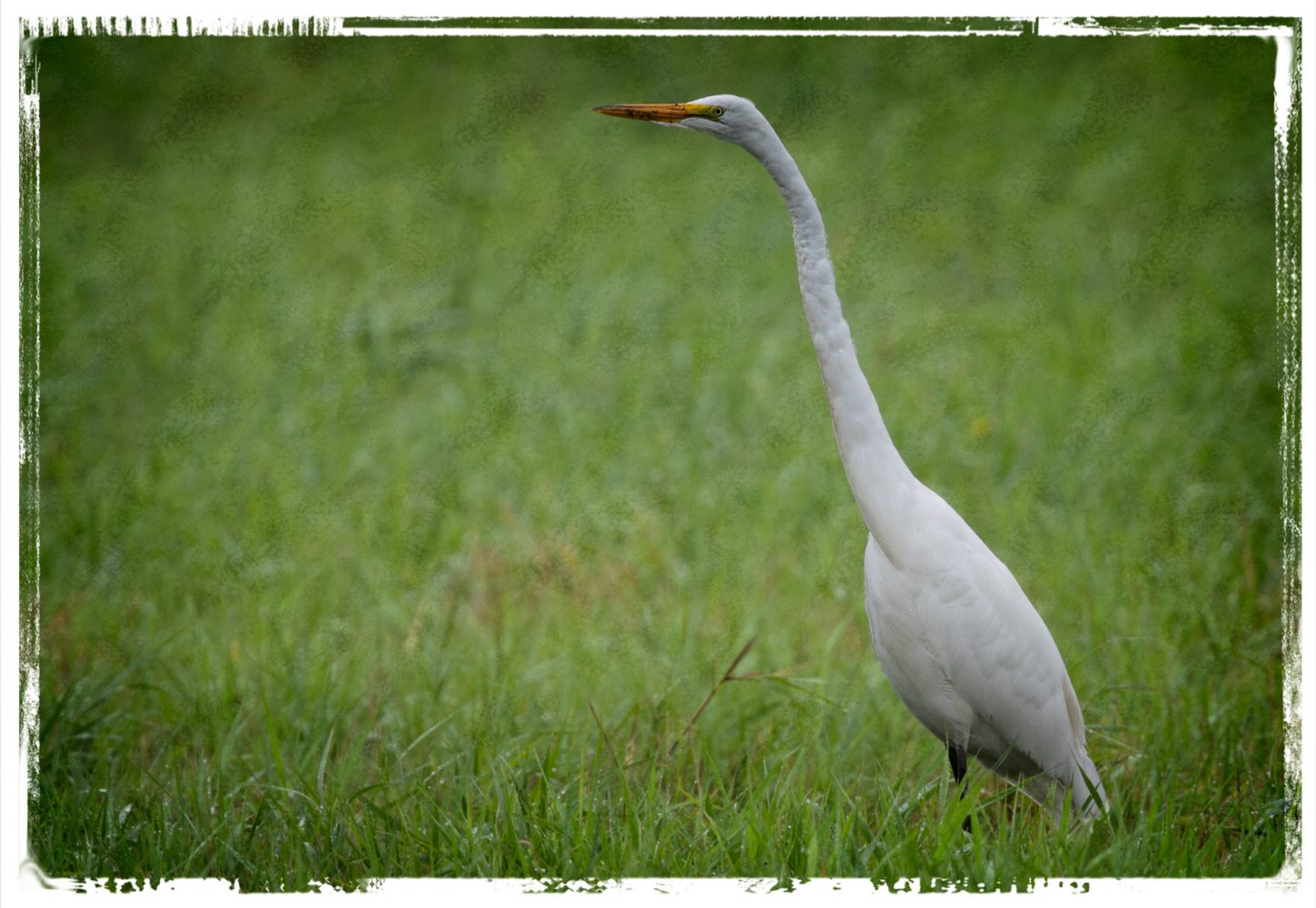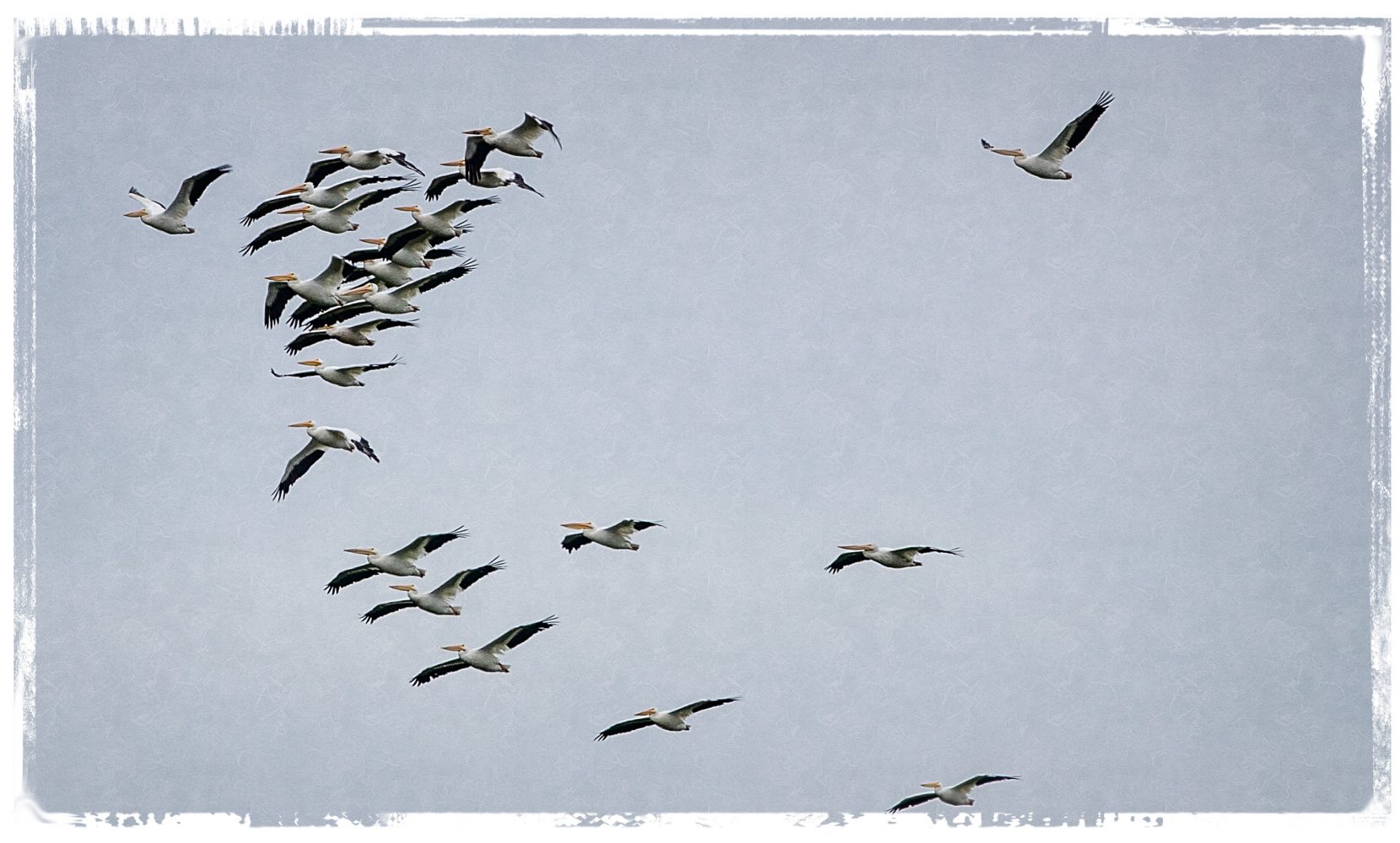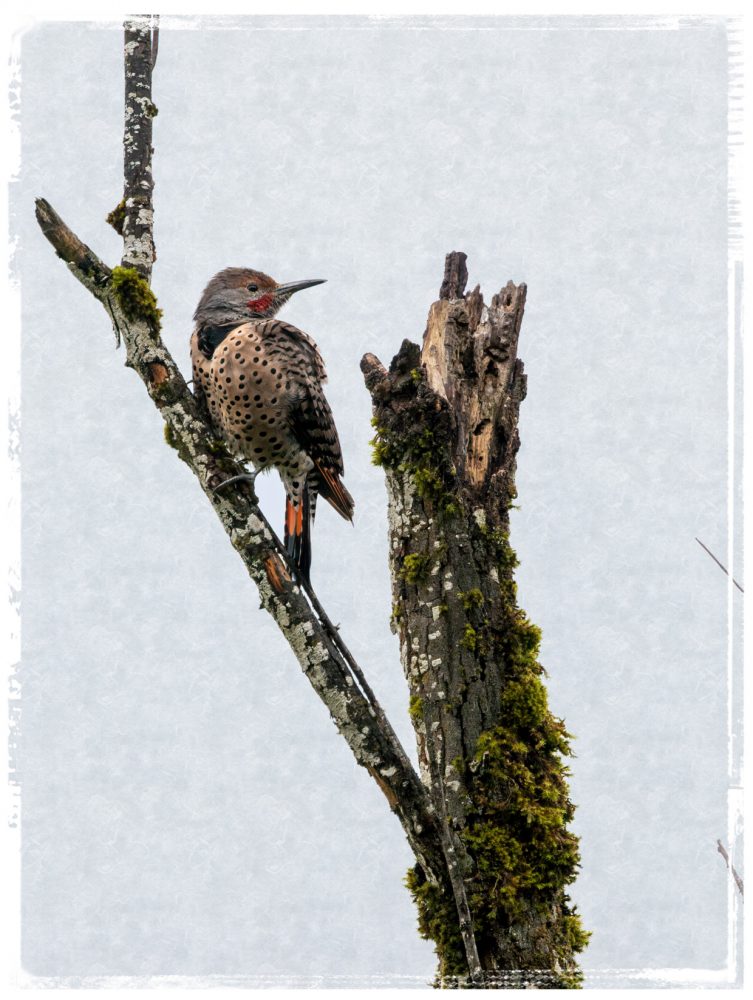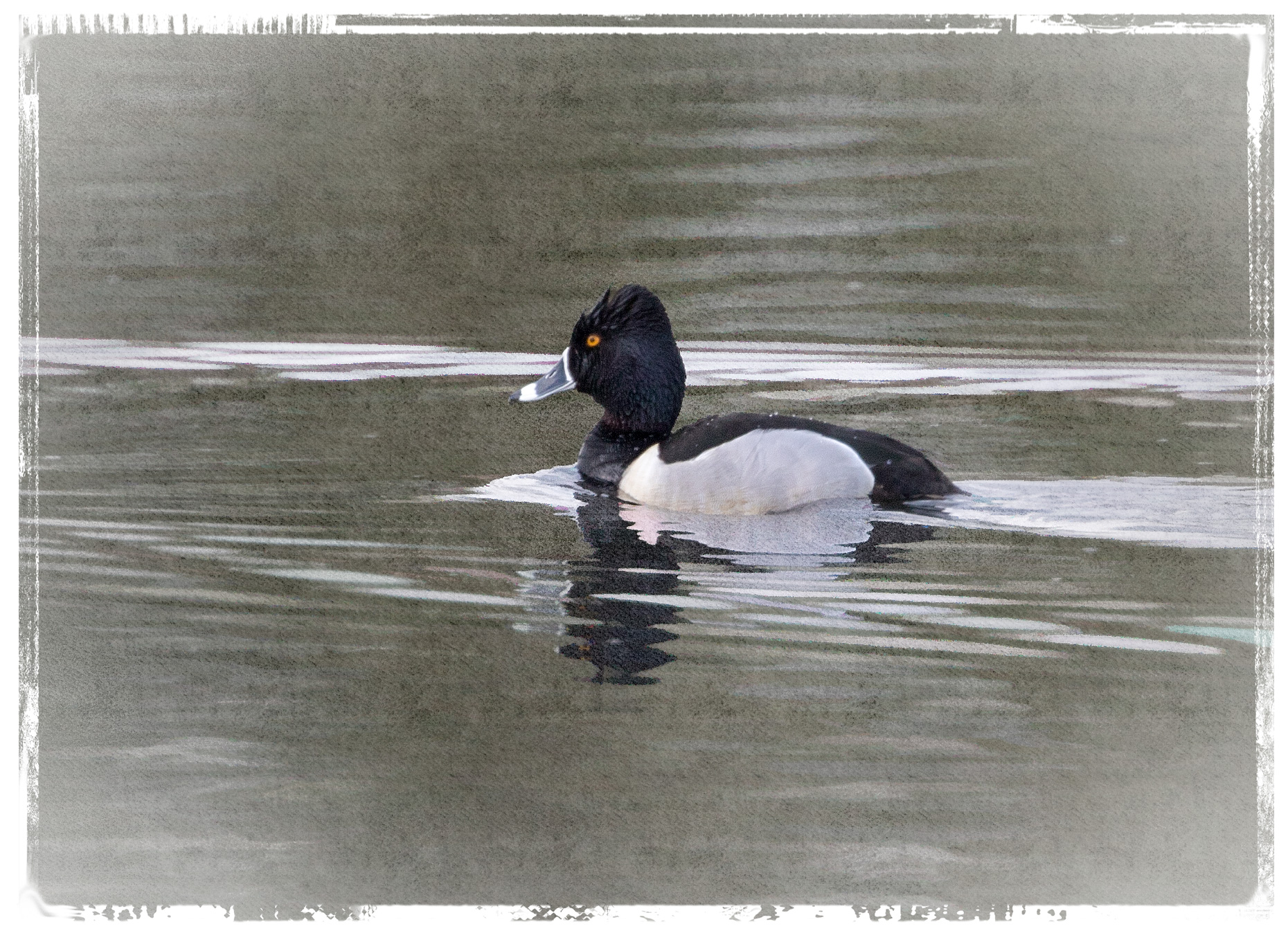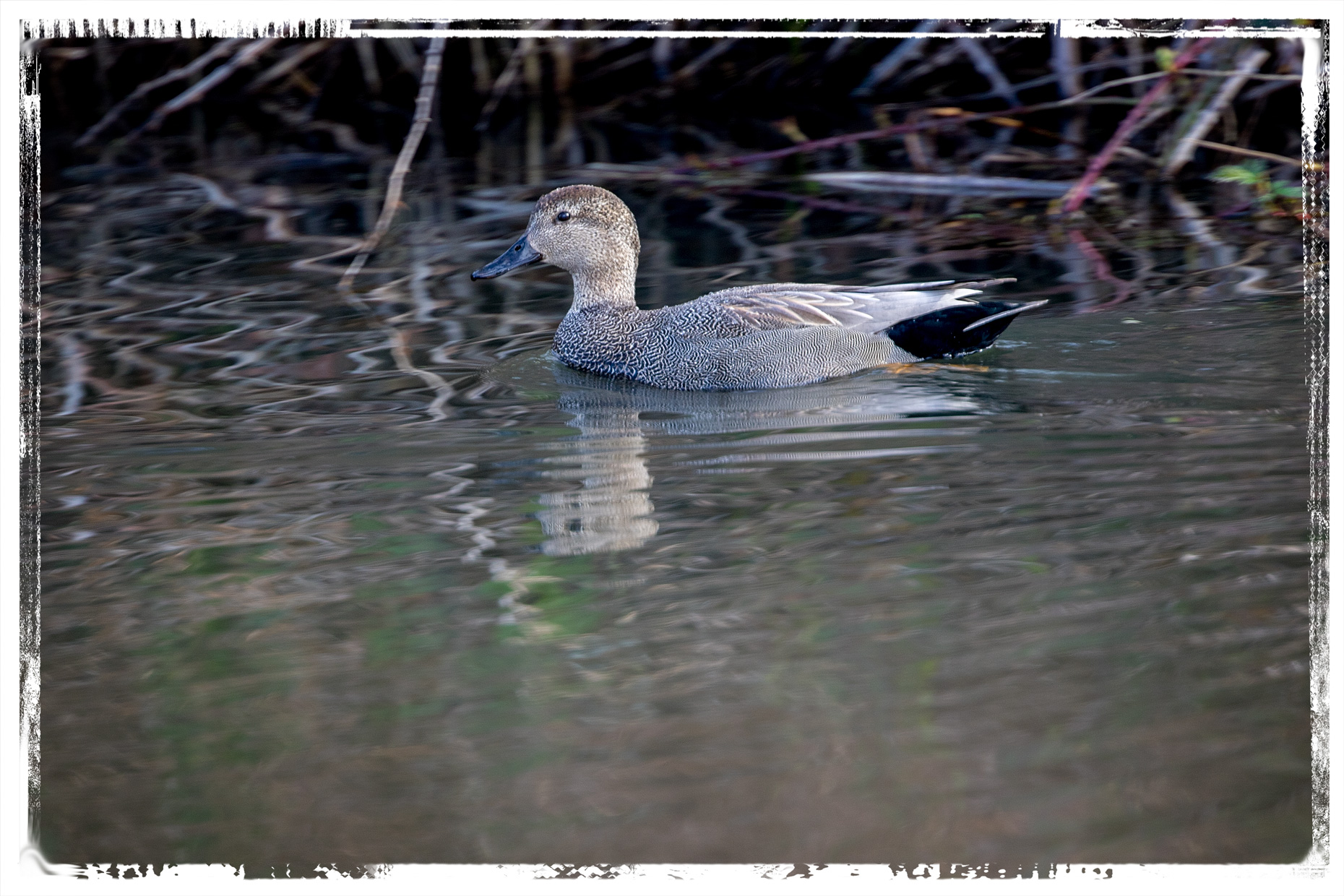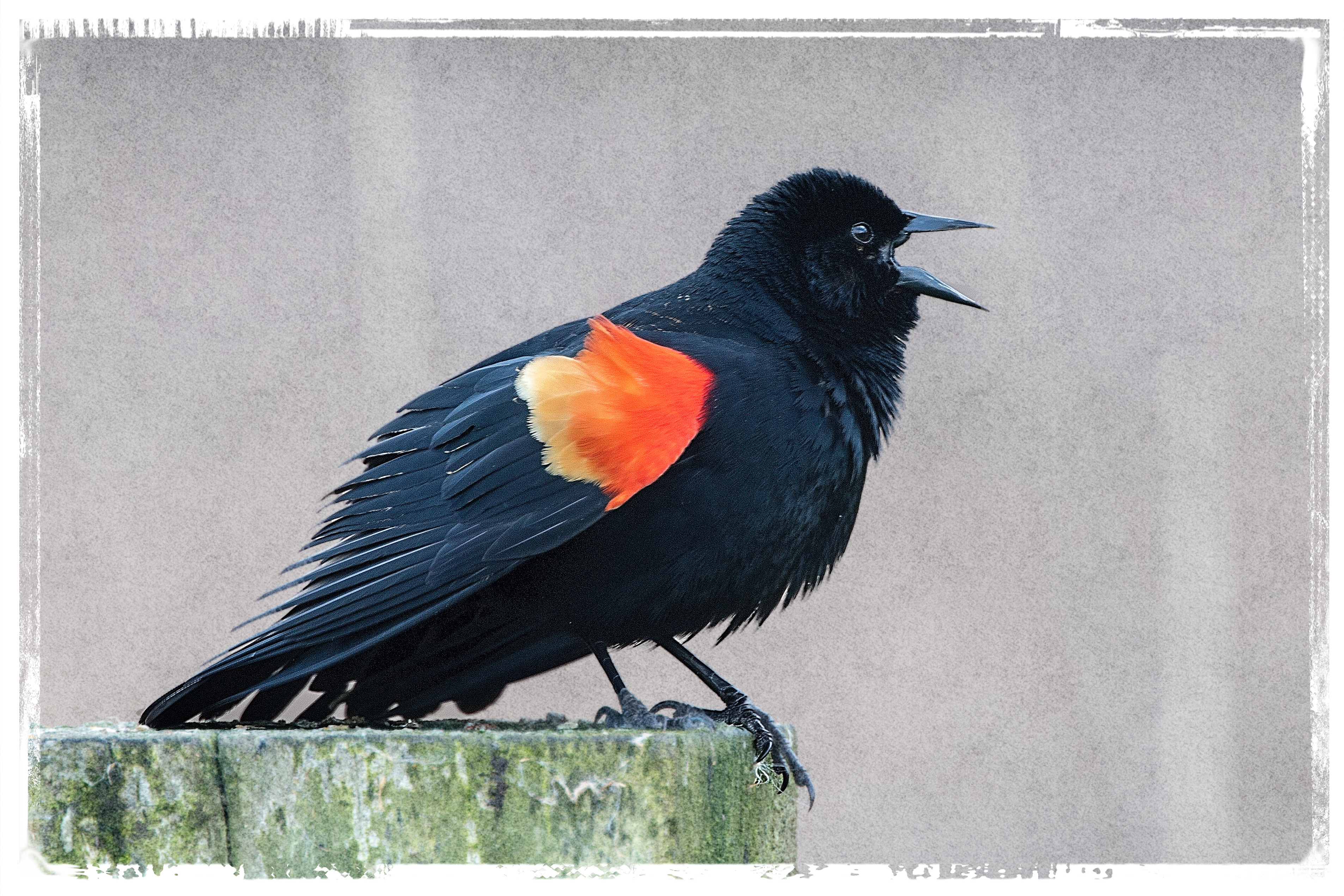I had my semi-annual dental check-up recently. Usually Leslie would accompany me and we would meet up with some old colleagues, but Leslie was isolating for an upcoming surgery so I went by myself. So, I got a really early start, oh dark thirty, and went to Ridgefield National Wildlife Refuge early because I had seen some shots of migrating Sand Hill Cranes and I wanted to see them, too.
The booth at the entrance said that 60+ cranes had been spotted the day before, but I didn’t see a single crane until the very end of the tour, and the small flock I saw was a long way away.
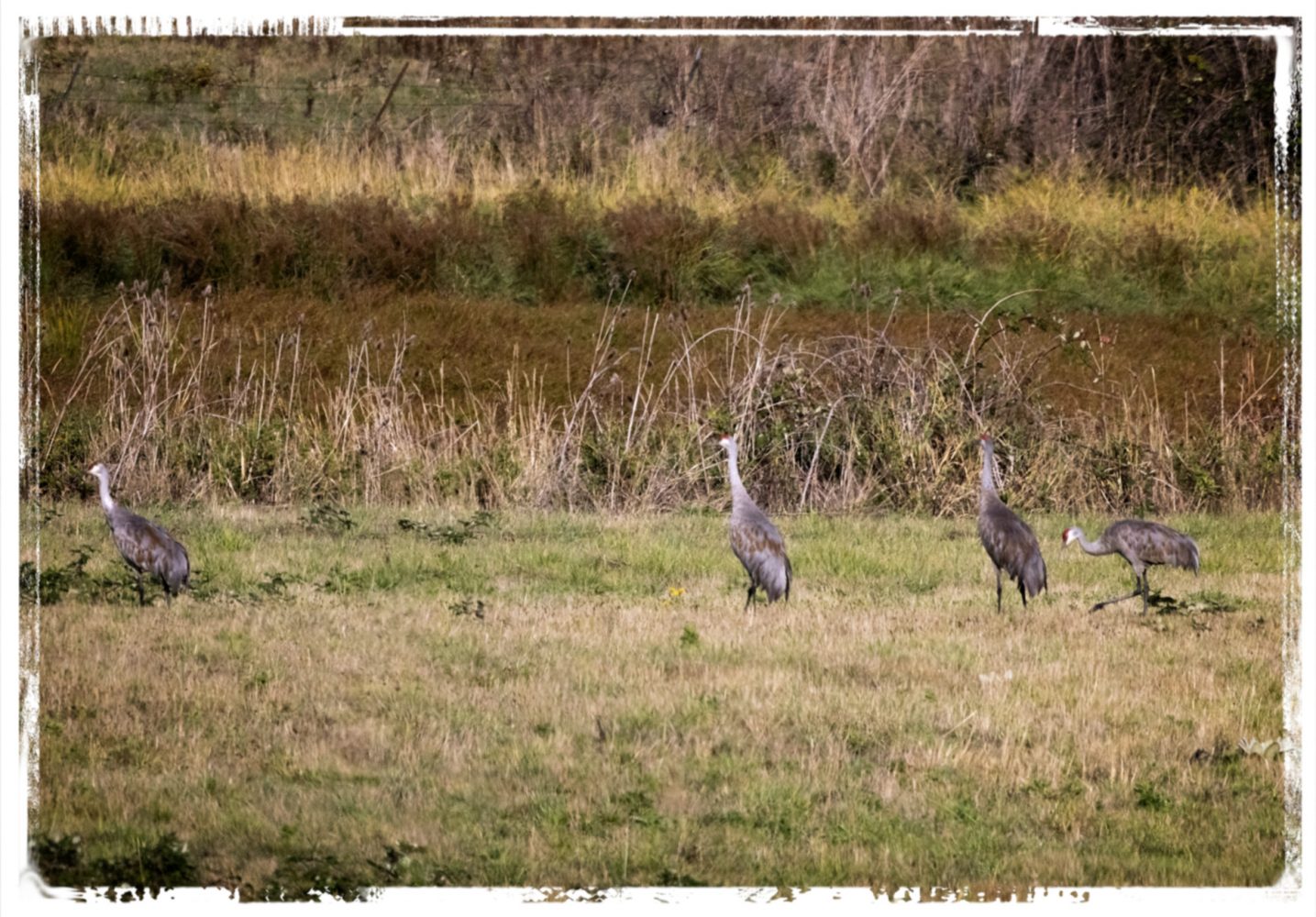
They weren’t very good pictures, but at least I had proof that I had seen them. My favorite shot, which is heavily cropped, was of these two vocalizing.
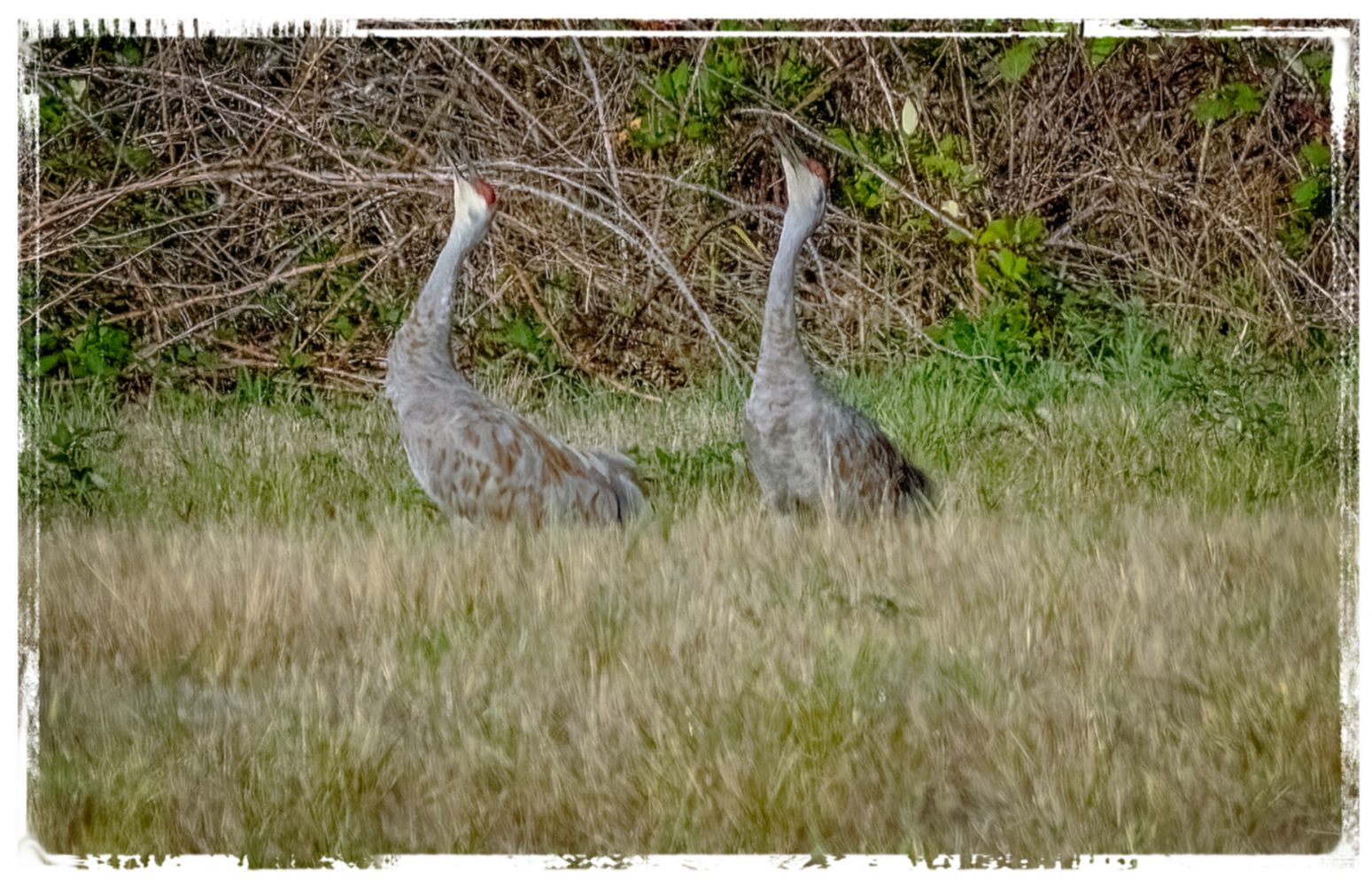
Knowing the morning pictures weren’t going to be very good, I decided to return after my dental appointment to try again. Unfortunately, even though it wasn’t very late, the clouds had moved in and the light wasn’t as good as it was in the morning. It didn’t help that I didn’t see a single Sandhill Crane until I reached the end of the tour, where I had seen them on my morning visit.
At least they were considerably closer this time, making for a somewhat better shot.
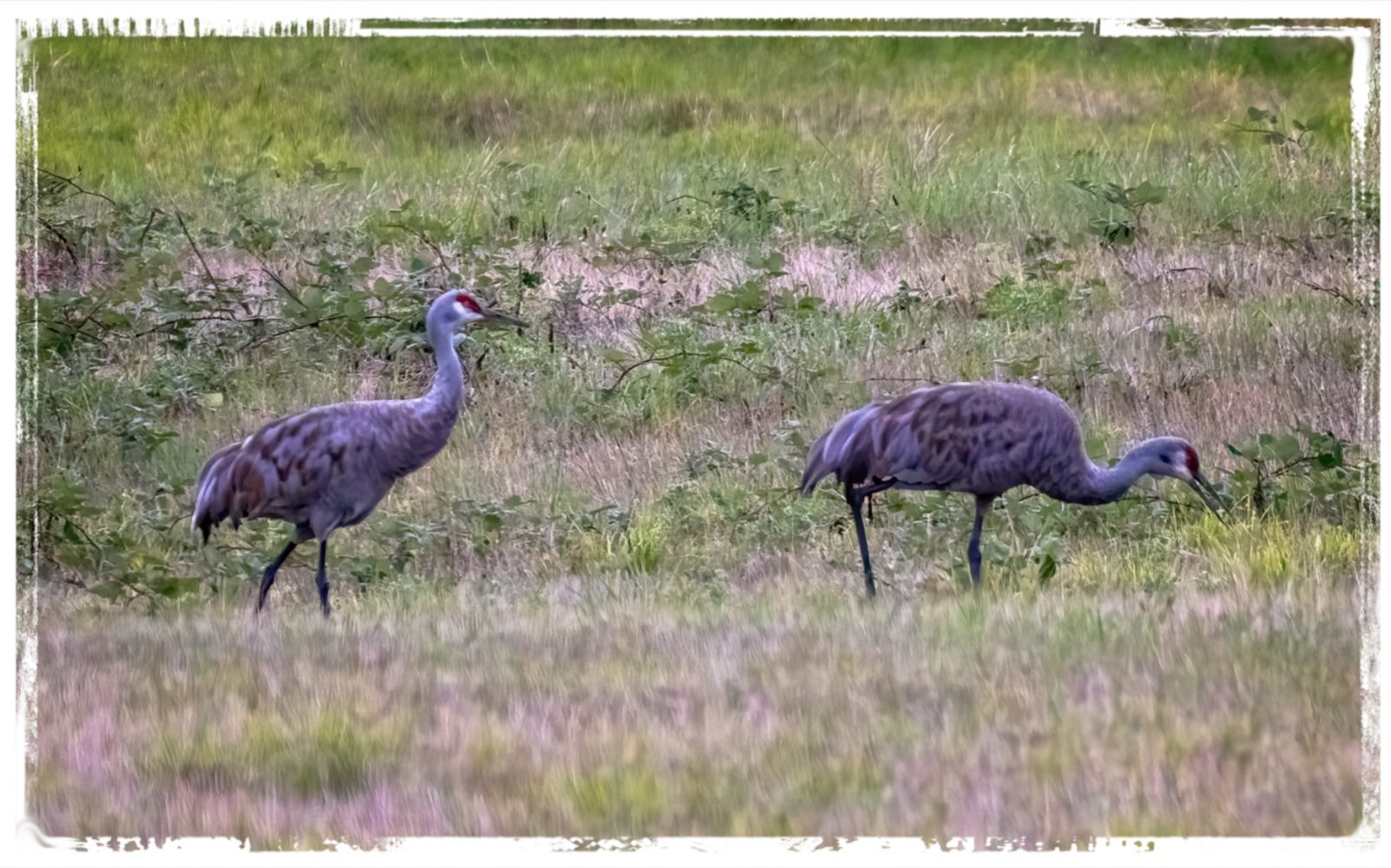
In the end, the shots don’t compare very favorably with shots of Sandhill Cranes that I took in Merced several years ago where conditions were more ideal, but it was still exciting seeing birds I seldom see.
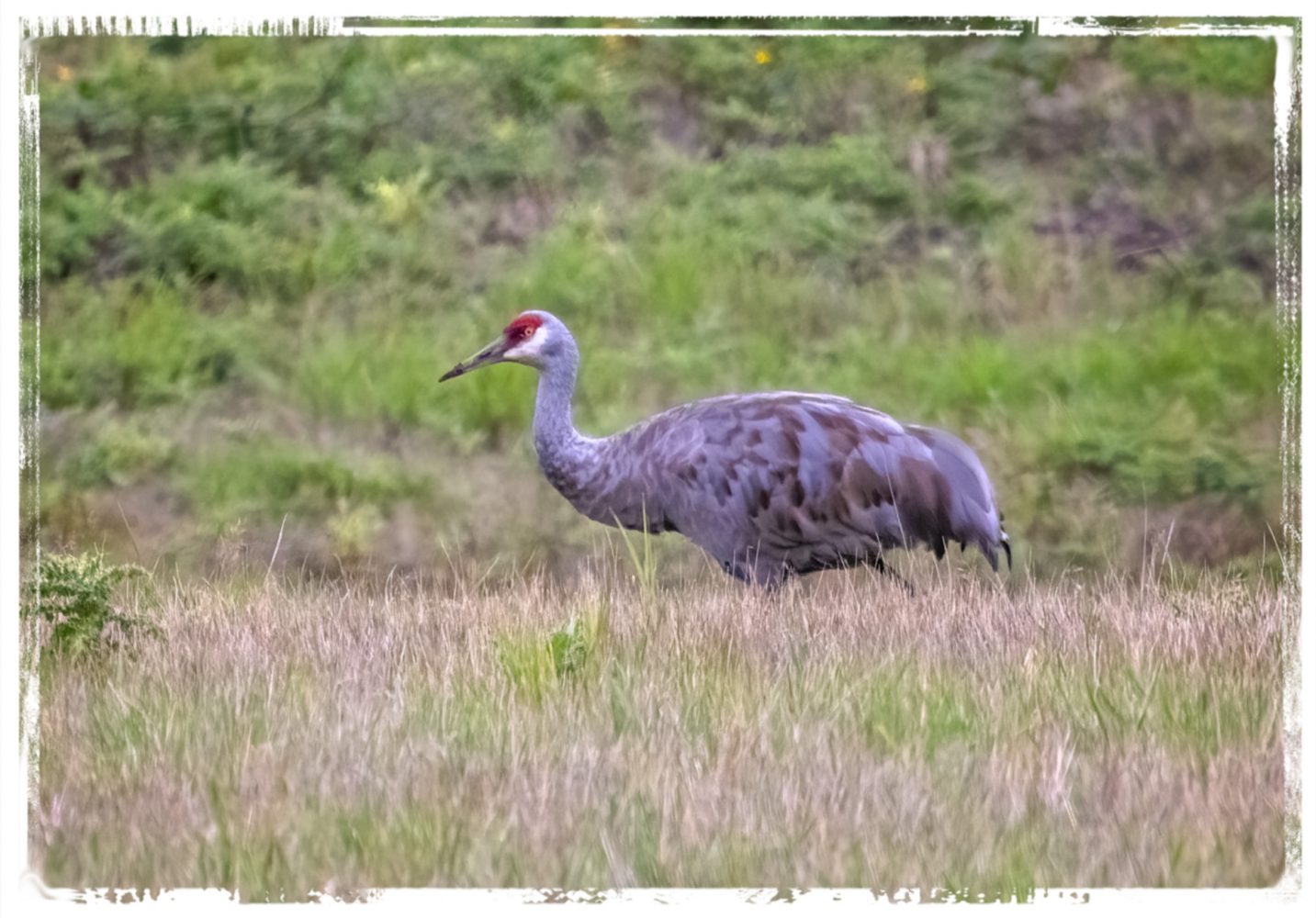
As it turns out, though, my favorite shots of the day weren’t of Sandhill Cranes at all, but that will have to wait for another day.

